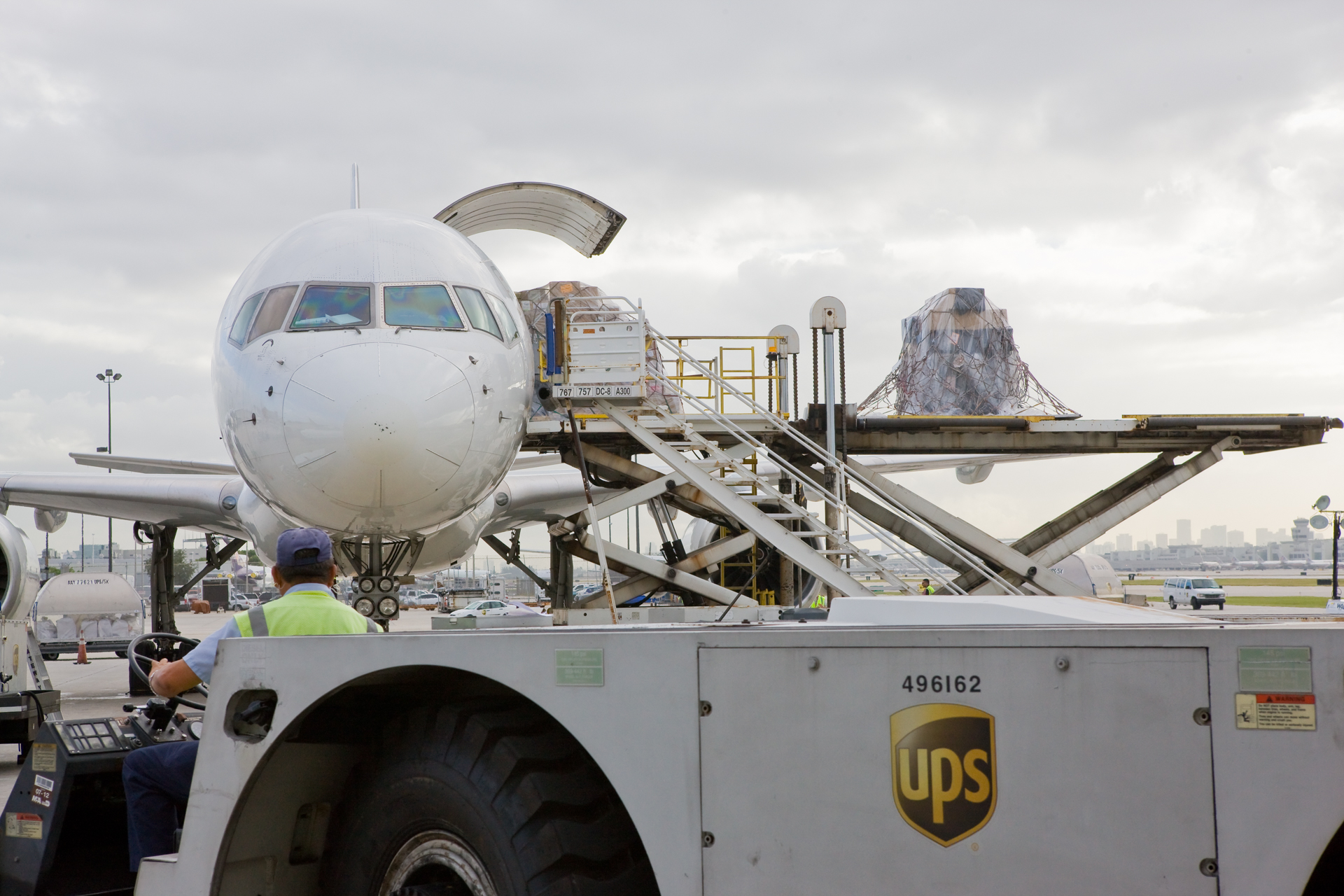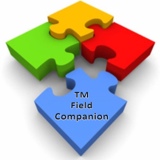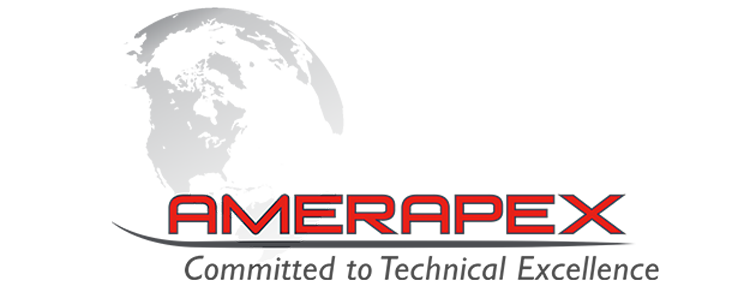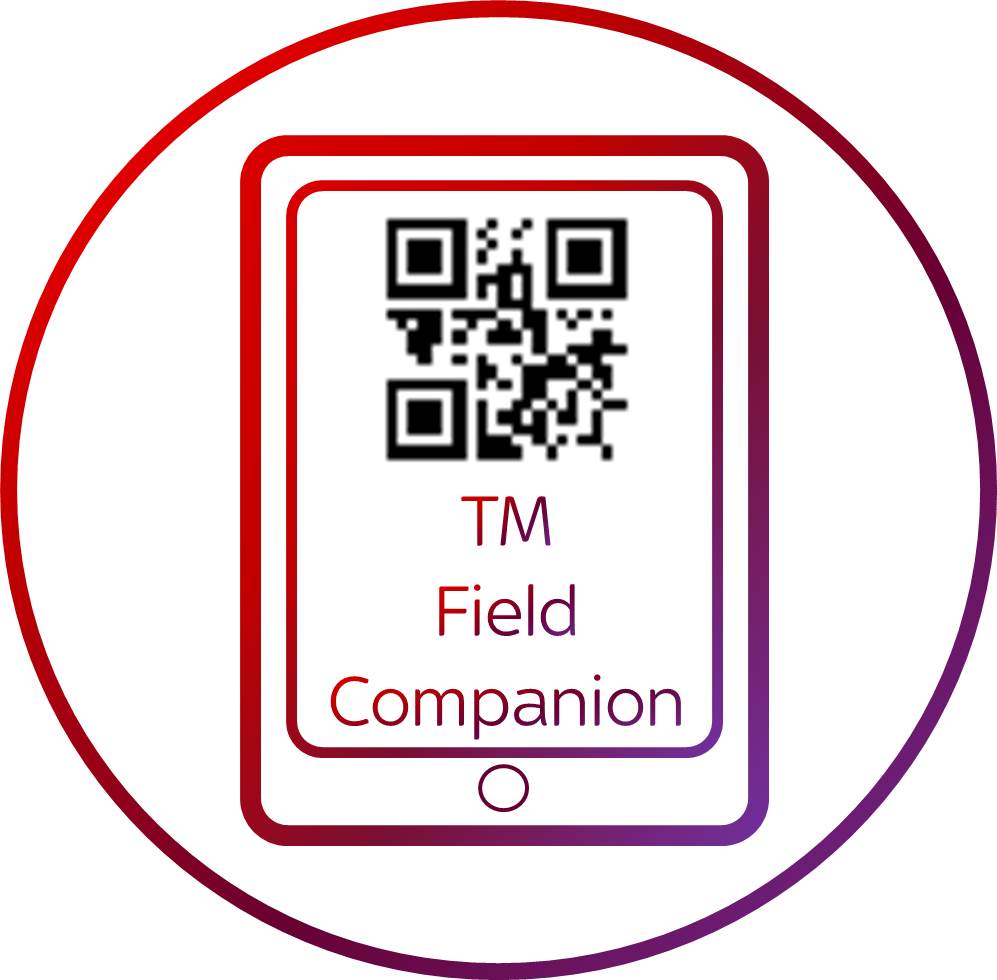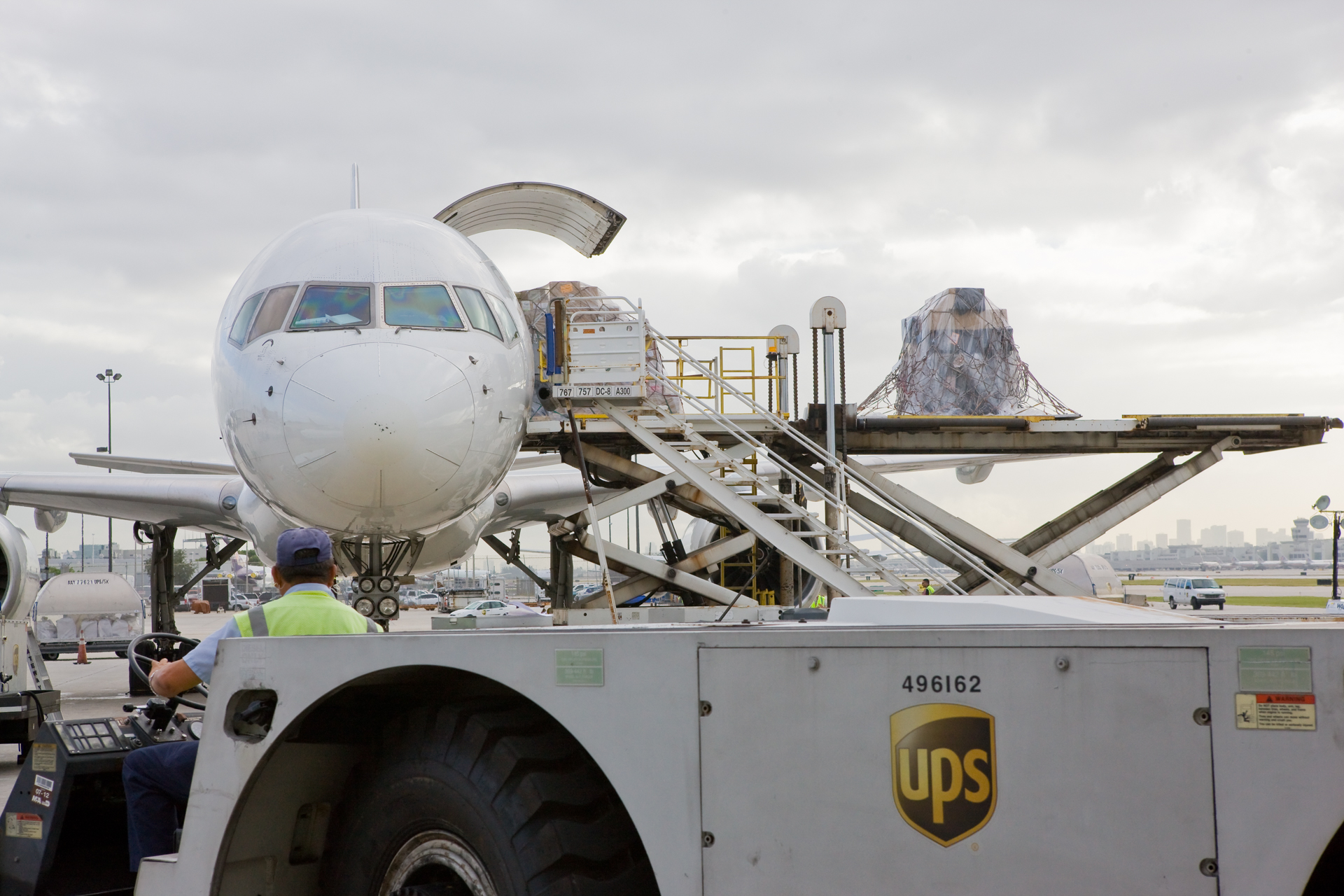Title Page
-
Site conducted
-
Conducted on
-
Inspected by
-
Signature
Line 1
TOP to BOTTOM line inspections : (URGENT fail - contact zip supervisor immediately, non urgent fail - post to maintenance Slack)
TOP of line 1:
-
Anchor Rods: Shake, listen for rattling or feeling of any looseness (indicates loose bolt)
-
Hardware: Check bolts, nuts, cotter pins, and cable connection points for rust, tightness and general wear
-
Cables: Look for damage, duress, fraying, corrosion, trees or branches on lines
-
Cable Tension: Look for slack cables (indicates nonequalization)
-
Platform: Ensure structural integrity and cleanliness (no structural deformities or tripping hazards etc.)
-
Launchers: Tensioned, all Bolts present, and resets smoothly
-
Trolley Tethers: Carabiners checked and Set-Up with Larks Foot Knot
-
Restraint Lanyards: Carabiners checked and Set-Up ready for first Tour
BOTTOM of line:
Break Blocks:
-
Bump stops: secure and not spinning, cracks no bigger than 1.5cm
-
Wear blocks: running smoothly and wear is no less than 2mm from the edge of the break block
-
Nuts, bolts and shackle: secure, no rust, tight/no spinning
-
Redirection line: attachment is secure, knots are secure, thimble is good, and rope is in good condition
Redirection line:
-
Maintains tension
-
Attachment points are secure and knots are tight
-
Pulleys running smoothly
-
3:1 system - 3 clear lines, not caught on anything, tangled etc
-
Attachment points to cable (dog bones, maillons) secure and in good condition
Springs:
-
Springs secured together, safety pad tied in, and entire bank reset flush to cable cone
End of Cable Cone:
-
Are the cable fibers visible/poking out of resin? If there is fiber retraction within the resin (sunken pockets) this indicates cable slippage
Structure:
-
Hardware: Check bolts, nuts, cotter pins, cable clamps, and cable connection points
-
Anchor Rods: Shake, listen for rattling or feeling of any looseness (indicates loose bolt)
-
Cables: Look for damage, duress, fraying, corrosion, trees or branches on lines
-
Cable Tension: Look for slack cables (indicates nonequalization)
Zip Stop:
-
Container: Look for damage, loose fittings, pins are secure and nuts holding zipstop to structure are tight
-
Webbing: Pull out in it's entirety, check both sides for wear, tear, fuzziness, loose threads etc
FINAL CHECK (Photo) BEFORE YOU WALK AWAY FROM THE BASE OF LINE 1
-
ENSURE decks are clear, ladder is stowed, brakes are reset, redirection line is not crossed, tangled or wrapped around the cable, springs are reset
Line 2
TOP of line 2:
-
Anchor Rods: Shake, listen for rattling or feeling of any looseness (indicates loose bolt)
-
Hardware: Check bolts, nuts, cotter pins, and cable connection points for rust, tightness and general wear
-
Cables: Look for damage, duress, fraying, corrosion, trees or branches on lines
-
Cable Tension: Look for slack cables (indicates nonequalization)
-
Platform: Ensure structural integrity and cleanliness (no structural deformities or tripping hazards etc.)
-
Launchers: Tensioned, all Bolts present, and resets smoothly
-
Trolley Tethers: Carabiners checked and Set-Up with Larks Foot Knot
-
Restraint Lanyards: Carabiners checked and Set-Up ready for first Tour
BOTTOM of line:
Break Blocks:
-
Bump stops: secure and not spinning, cracks no bigger than 1.5cm
-
Wear blocks: running smoothly and wear is no less than 2mm from the edge of the break block
-
Nuts, bolts and shackle: secure, no rust, tight/no spinning
-
Redirection line: attachment is secure, knots are secure, thimble is good, and rope is in good condition
Redirection line:
-
Maintains tension
-
Attachment points are secure and knots are tight
-
Pulleys running smoothly
-
2:1 system - 2 clear lines, not caught on anything, tangled etc
-
Attachment points to cable (dog bones, maillons) secure and in good condition
Springs:
-
Springs secured together, safety pad tied in, and entire bank reset flush to cable cone
End of Cable Cone:
-
Are the cable fibers visible/poking out of resin? If there is fiber retraction within the resin (sunken pockets) this indicates cable slippage
Structure:
-
Hardware: Check bolts, nuts, cotter pins, cable clamps, and cable connection points
-
Anchor Rods: Shake, listen for rattling or feeling of any looseness (indicates loose bolt)
-
Cables: Look for damage, duress, fraying, corrosion, trees or branches on lines
-
Cable Tension: Look for slack cables (indicates nonequalization)
Zip Stop:
-
Container: Look for damage, loose fittings, pins are secure and nuts holding zipstop to structure are tight
-
Webbing: Pull out in it's entirety, check both sides for wear, tear, fuzziness, loose threads etc
FINAL CHECK (Photo) BEFORE YOU WALK AWAY FROM THE BASE OF LINE 2
-
ENSURE decks are clear, ladder is stowed, brakes are reset, redirection line is not crossed, tangled or wrapped around the cable, springs are reset
Line 3
TOP of line 3:
-
Anchor Rods: Shake, listen for rattling or feeling of any looseness (indicates loose bolt)
-
Hardware: Check bolts, nuts, cotter pins, and cable connection points for rust, tightness and general wear
-
Cables: Look for damage, duress, fraying, corrosion, trees or branches on lines
-
Cable Tension: Look for slack cables (indicates nonequalization)
-
Platform: Ensure structural integrity and cleanliness (no structural deformities or tripping hazards etc.)
-
Launchers: Tensioned, all Bolts present, and resets smoothly
-
Trolley Tethers: Carabiners checked and Set-Up with Larks Foot Knot
-
Restraint Lanyards: Carabiners checked and Set-Up ready for first Tour
BOTTOM of line:
Break Blocks:
-
Bump stops: secure and not spinning, cracks no bigger than 1.5cm
-
Wear blocks: running smoothly and wear is no less than 2mm from the edge of the break block
-
Nuts, bolts and shackle: secure, no rust, tight/no spinning
-
Redirection line: attachment is secure, knots are secure, thimble is good, and rope is in good condition
Redirection line:
-
Maintains tension
-
Attachment points are secure and knots are tight
-
Pulleys running smoothly
-
3:1 system - 3 clear lines, not caught on anything, tangled etc
-
Attachment points to cable (dog bones, maillons) secure and in good condition
Springs:
-
Springs secured together, safety pad tied in, and entire bank reset flush to cable cone
End of Cable Cone:
-
Are the cable fibers visible/poking out of resin? If there is fiber retraction within the resin (sunken pockets) this indicates cable slippage
Structure:
-
Hardware: Check bolts, nuts, cotter pins, cable clamps, and cable connection points
-
Anchor Rods: Shake, listen for rattling or feeling of any looseness (indicates loose bolt)
-
Cables: Look for damage, duress, fraying, corrosion, trees or branches on lines
-
Cable Tension: Look for slack cables (indicates nonequalization)
Zip Stop:
-
Container: for damage, loose fittings, pins are secure and nuts holding zipstop to structure are tight
-
Webbing: Pull out in it's entirety, check both sides for wear, tear, fuzziness, loose threads etc
FINAL CHECK (Photo) BEFORE YOU WALK AWAY FROM THE BASE OF LINE 3
-
ENSURE decks are clear, ladder is stowed, brakes are reset, redirection line is not crossed, tangled or wrapped around the cable, springs are reset
Line 4
TOP of line 4:
-
Anchor Rods: Shake, listen for rattling or feeling of any looseness (indicates loose bolt)
-
Hardware: Check bolts, nuts, cotter pins, and cable connection points for rust, tightness and general wear
-
Cables: Look for damage, duress, fraying, corrosion, trees or branches on lines
-
Cable Tension: Look for slack cables (indicates nonequalization)
-
Platform: Ensure structural integrity and cleanliness (no structural deformities or tripping hazards etc.)
-
Launchers: Tensioned, all Bolts present, and resets smoothly
-
Trolley Tethers: Carabiners checked and Set-Up with Larks Foot Knot
-
Restraint Lanyards: Carabiners checked and Set-Up ready for first Tour
BOTTOM of line:
Break Blocks:
-
Bump stops: secure and not spinning, cracks no bigger than 1.5cm
-
Wear blocks: running smoothly and wear is no less than 2mm from the edge of the break block
-
Nuts, bolts and shackle: secure, no rust, tight/no spinning
-
Redirection line: attachment is secure, knots are secure, thimble is good, and rope is in good condition
Redirection line:
-
Maintains tension
-
Attachment points are secure and knots are tight
-
Pulleys running smoothly
-
3:1 system - 3 clear lines, not caught on anything, tangled etc
-
Attachment points to cable (dog bones, maillons) secure and in good condition
Springs:
-
Springs secured together, safety pad tied in, and entire bank reset flush to cable cone
End of Cable Cone:
-
Are the cable fibers visible/poking out of resin? If there is fiber retraction within the resin (sunken pockets) this indicates cable slippage
Structure:
-
Hardware: Check bolts, nuts, cotter pins, cable clamps, and cable connection points
-
Anchor Rods: Shake, listen for rattling or feeling of any looseness (indicates loose bolt)
-
Cables: Look for damage, duress, fraying, corrosion, trees or branches on lines
-
Cable Tension: Look for slack cables (indicates nonequalization)
Zip Stop:
-
Container: for damage, loose fittings, pins are secure and nuts holding zipstop to structure are tight
-
Webbing: Pull out in it's entirety, check both sides for wear, tear, fuzziness, loose threads etc
FINAL CHECK (Photo) BEFORE YOU WALK AWAY FROM THE BASE OF LINE 4
-
ENSURE decks are clear, ladder is stowed, brakes are reset, redirection line is not crossed, tangled or wrapped around the cable, springs are reset






